Do you want to know How To Check How Much Memory I Have on your computer? This comprehensive guide from HOW.EDU.VN will show you exactly how to find your RAM specifications on Windows and macOS, plus crucial insights into RAM types and usage. Understanding your system’s memory configuration is essential for optimizing performance and troubleshooting issues related to Random Access Memory. This article will also touch on RAM upgrade considerations and system diagnostics.
1. How To Check RAM on Windows 11
Do you need to check how much RAM is installed in your Windows 11 system? This is how you can easily determine the total RAM capacity:
-
Type About your PC in the Windows search box and click the option to open it.
-
In the Device Specifications section, you’ll find your total RAM capacity displayed next to Installed RAM.
2. How To Check RAM on Windows 10
Want to check the amount of RAM on your Windows 10 system? Here are the steps to find out:
-
Open the Windows Start menu, type About your PC, and click to open it when it appears.
-
The Device Specifications section displays your total RAM capacity next to Installed RAM.
3. How To Check RAM on Windows 7
Are you using Windows 7 and need to determine how much RAM your system has? Follow these simple steps using Task Manager:
-
Press Ctrl + Shift + Esc to launch Task Manager. Alternatively, right-click the Taskbar and select Task Manager.
-
Select the Performance tab to view current RAM usage in the Memory box, and total RAM capacity under Physical Memory.
4. How To Check RAM Type on PC
Ever wondered what kind of RAM your computer uses, especially when you hear terms like DDR3 and DDR4? Knowing your RAM type is crucial, as different DDR versions are incompatible due to hardware differences. DDR (double data rate) enables simultaneous data transfers, with each generation offering faster speeds. DDR5, the latest version, provides significantly higher bandwidth than DDR4, although DDR4 remains widely used.
The higher the DDR, the faster your CPU accesses data.
Here’s how to determine your RAM type using a free third-party tool:
-
Download and install CPU-Z on your PC.
-
Launch the app and click the Memory tab. Your memory Type is listed under General.
5. How To Check RAM Usage on Windows
Now that you know how to check your total RAM, it’s important to monitor your RAM usage. “How can I check how much RAM I have left?” To understand your system’s memory efficiency, here’s how to check RAM speed, RAM availability, and other memory usage statistics in Windows 11 and Windows 10:
-
Right-click the Taskbar and select Task Manager.
-
Select Performance and click Memory. You can check RAM speed and other hardware specifications here.
-
To see which tasks use the most RAM, open the Processes tab. You can force any task to quit by right-clicking the process and selecting End Task.
If you’re running low on memory, follow tips to speed up your PC. You can also hibernate apps using Sleep Mode in Avast Cleanup, which puts resource-draining programs to sleep when not in use.
6. How To Check RAM on macOS
Is your Mac struggling with active processes and app performance? You might be running out of memory. First, check your total RAM capacity. Here’s how to check how much RAM is installed in your Mac:
-
Open the Apple menu and select About This Mac.
-
Next to Memory, you’ll see the amount of RAM your Mac has and its specifications.
7. How To Check RAM Type on MacOS
RAM/CPU compatibility is crucial on Mac computers. Here’s how to check your RAM type on macOS:
-
Click the magnifying glass to open a Spotlight search, type system information, and launch it.
-
Click Memory to see more information about your RAM, including the type.
If you’re checking your Mac to detect performance issues, consider more than just RAM. Learn how to clean up your Mac and how to stop your Mac from overheating.
8. How To Check RAM Usage on macOS
Want to see how much RAM your Mac desktop or Macbook laptop is currently using? Here’s how:
-
In the macOS menu bar, click Go > Utilities.
-
Double-click Activity Monitor.
-
Click the Memory tab.
-
You can see all running (active) processes in the Memory tab, as well as how much memory is currently being used.
9. Do I Need to Upgrade My RAM?
Is your computer consistently slow, and running low on memory? Are tasks like opening web pages or running apps taking too long, even after following Windows and Mac optimization tips? If so, it might be time to upgrade.
RAM is now more affordable and easy to install. Upgrading your computer’s memory can significantly improve its speed. After upgrading your PC RAM, or expanding your Mac’s memory capacity, you’ll notice a dramatic improvement in performance.
9.1 How Much RAM Do I Need?
The amount of RAM you need depends on how you use your computer. While some entry-level laptops and Chromebooks may have 4 GB (suitable for light web browsing and word processing), most users need at least 8 GB for smooth performance. High-intensity users like gamers and Photoshop users need at least 16 GB, while video editors and 3D designers typically require 32 GB or more.
Here’s a table to help you decide how much RAM you need based on your activities:
| RAM | 8 – 16 GB | 16 – 32 GB | 32 – 64 GB |
|---|---|---|---|
| Use Type | Entertainment / Light Work Apps | Gaming / Multitasking / Heavier Apps | Professional / Intensive Apps |
| Activities | Playing games released before 2016 | Playing/streaming the latest games with high-performance settings | Video editing |
| Data entry | Multitasking between many programs | 3D modeling, design engineering | |
| Checking email | Having lots of tabs open in a web browser | Software engineering, programming, database development | |
| Standard business software | Photoshop | Graphic design | |
| Entertainment (movies, music) | Microsoft Office — multitasking and using graphics or large files | Medical imaging | |
| Microsoft Office: Word, Excel, Powerpoint | Amateur music production in digital audio workstations (DAW) | Professional music performance/production |
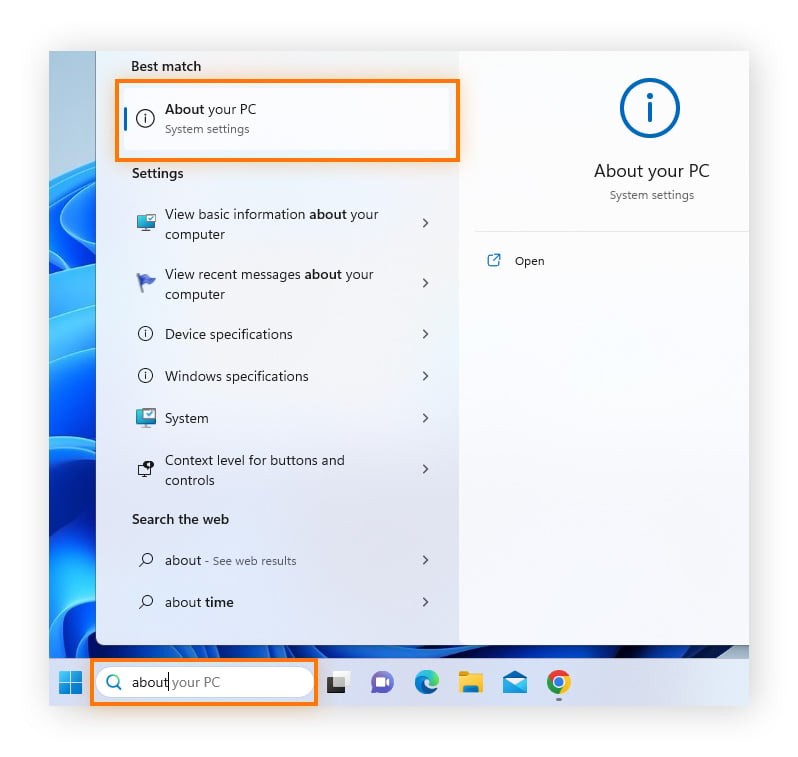
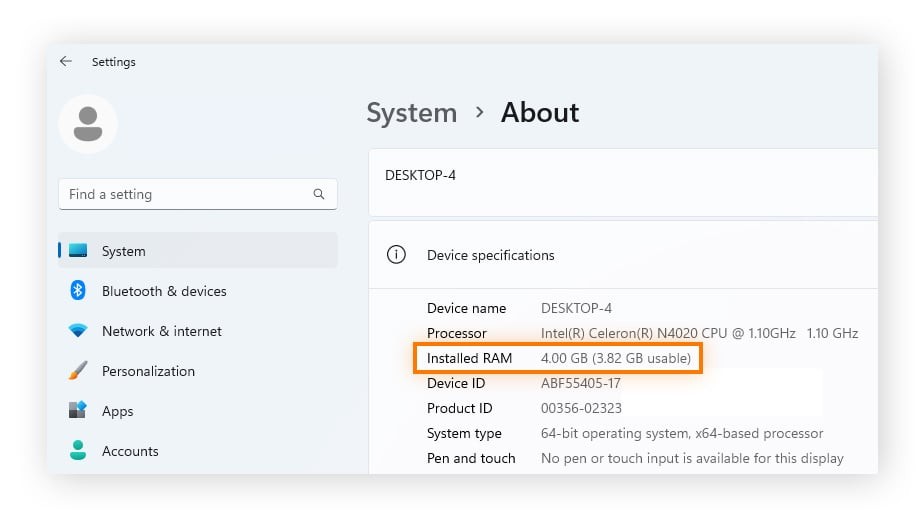
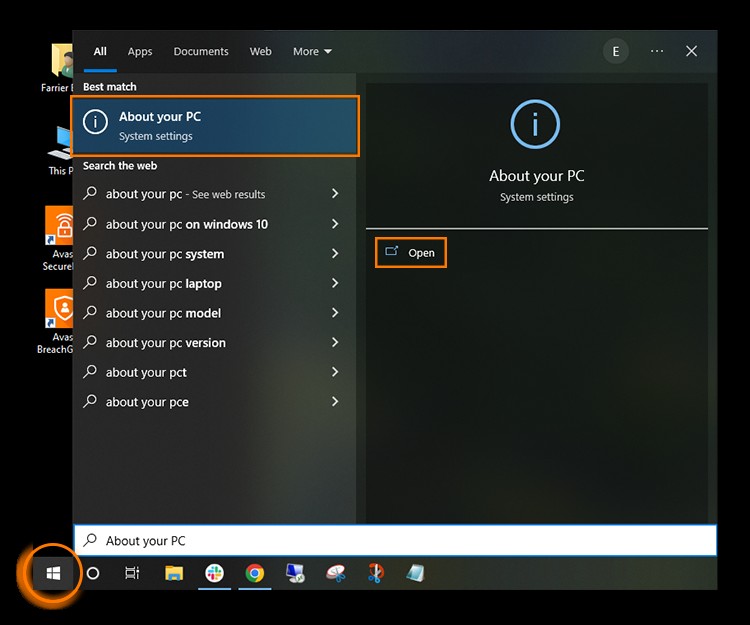
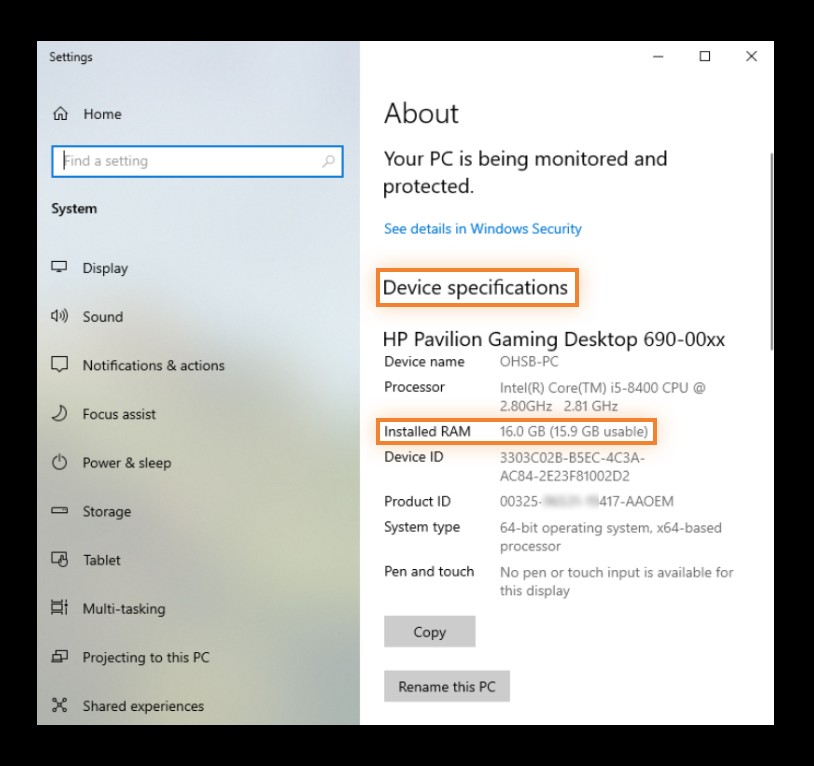

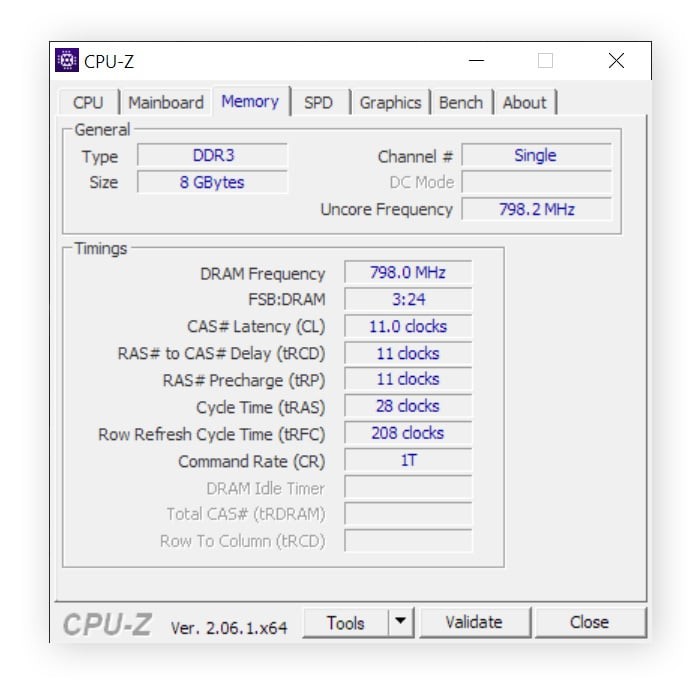
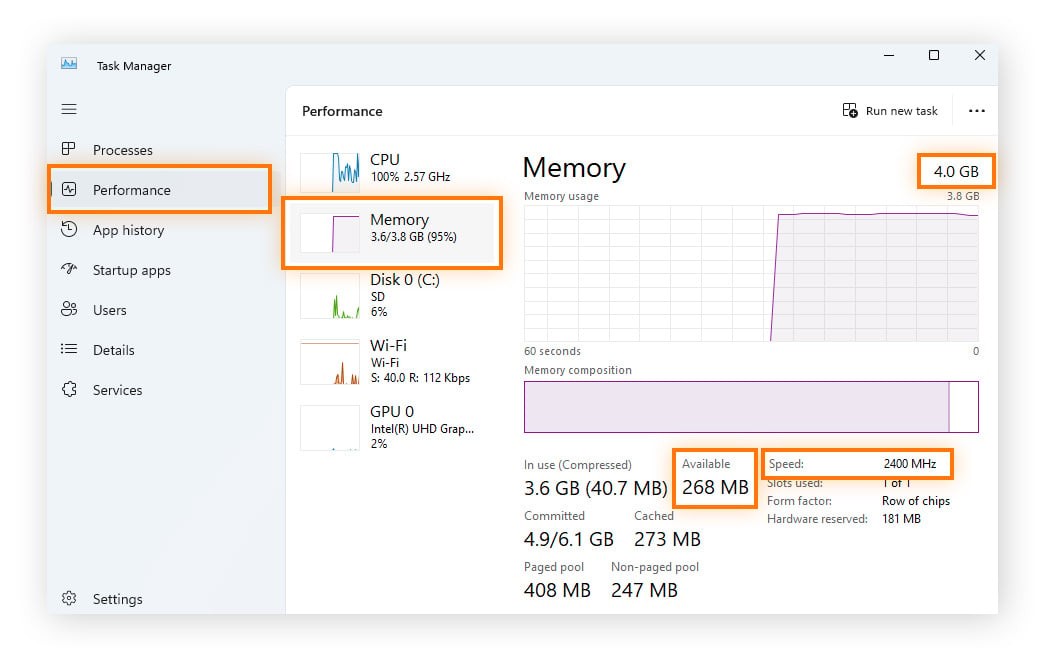
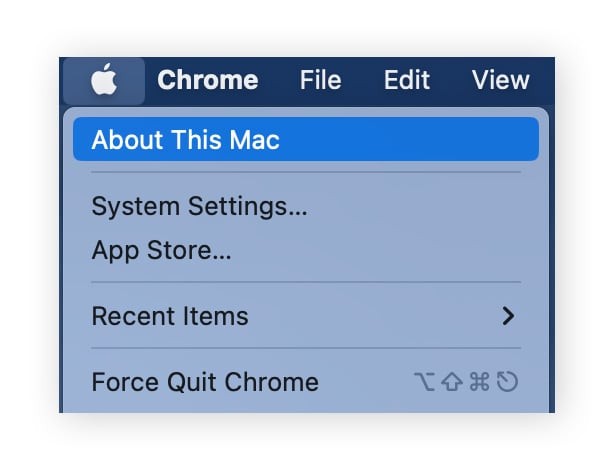
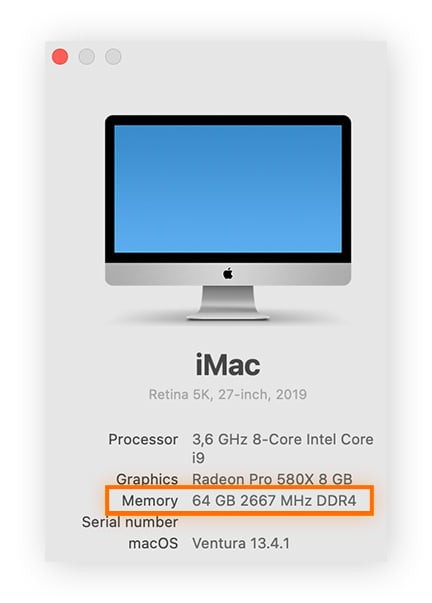

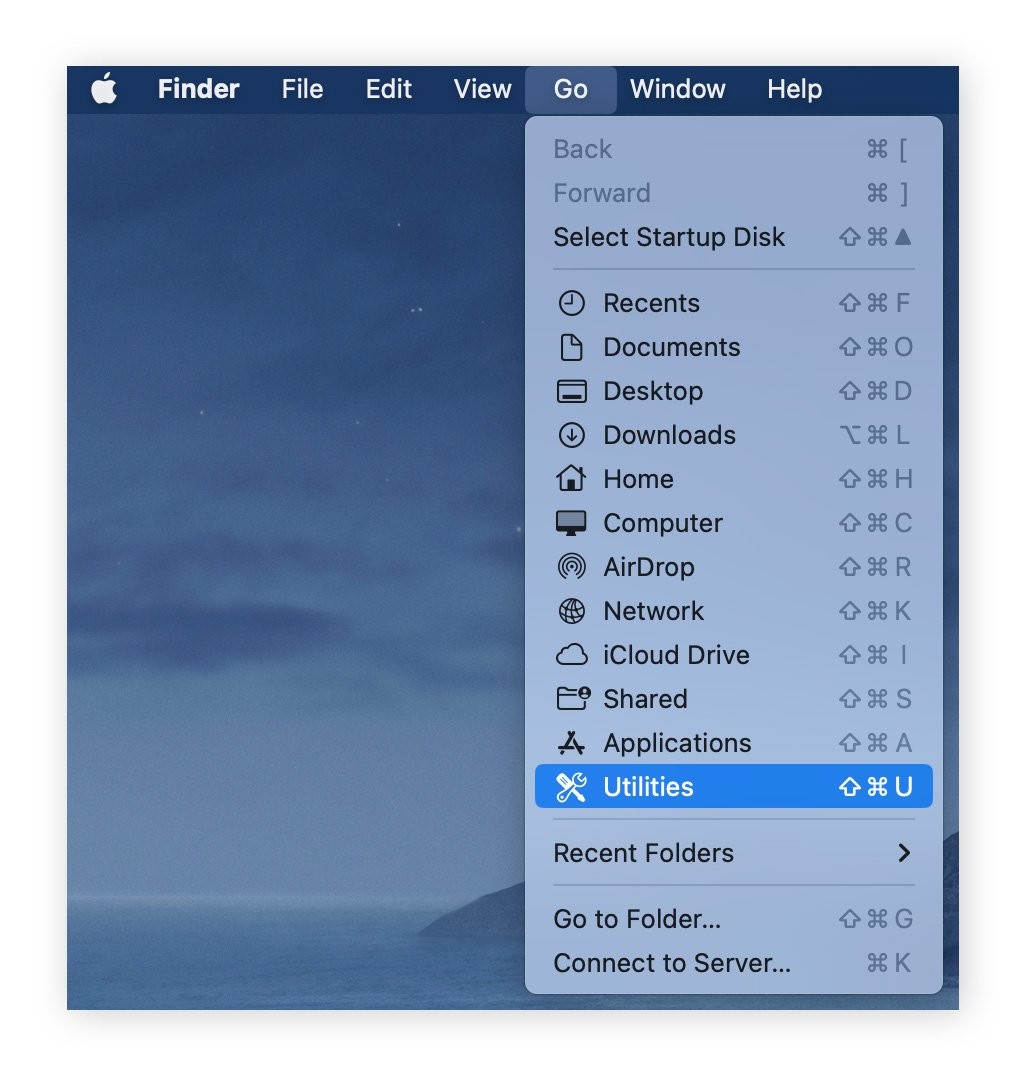
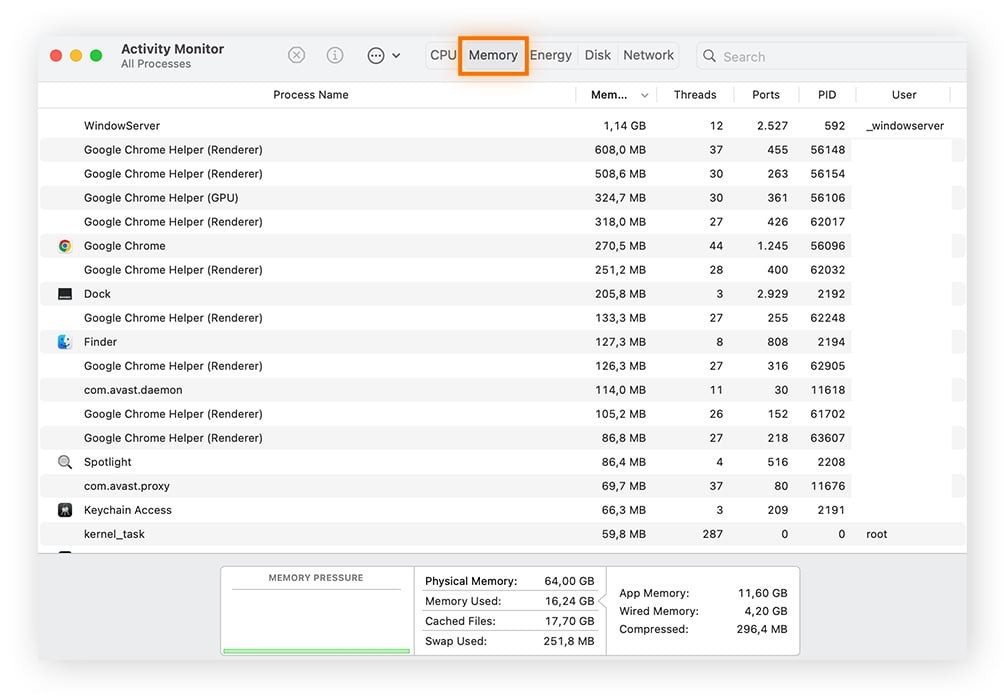
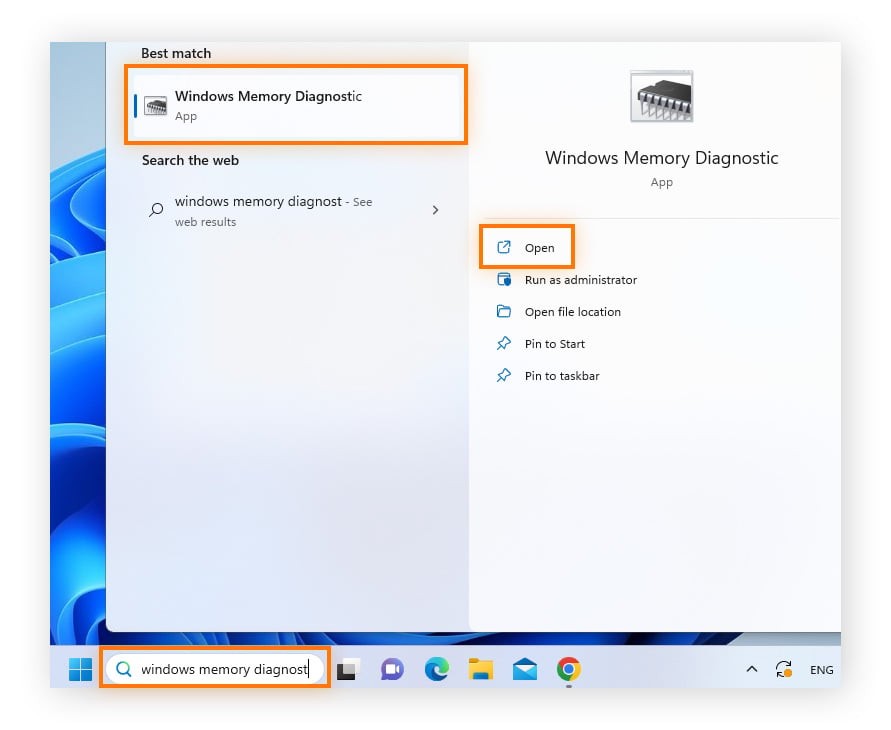
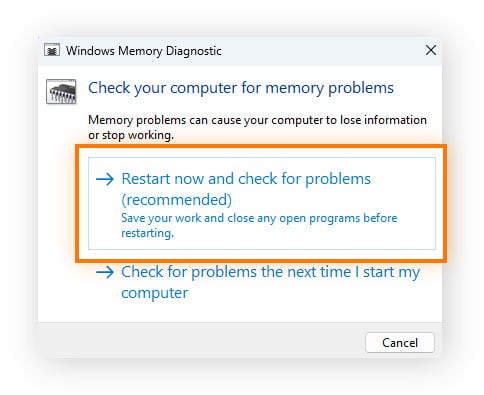
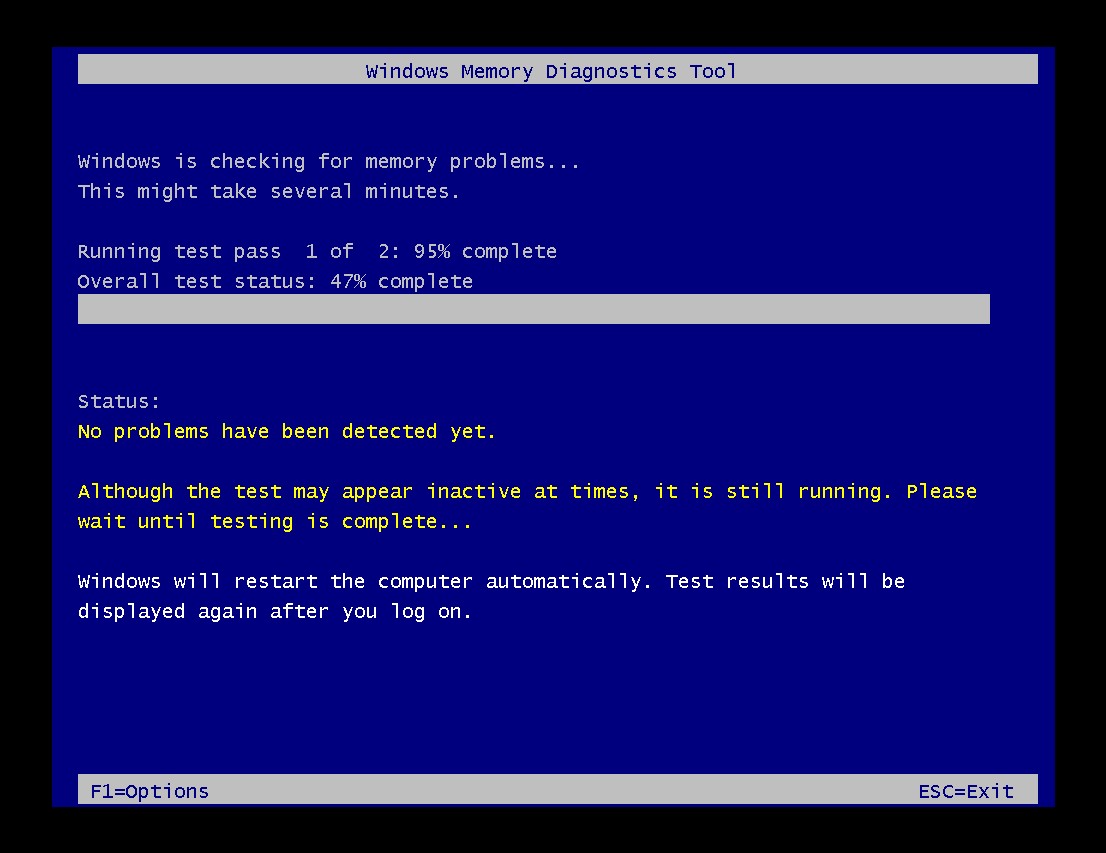
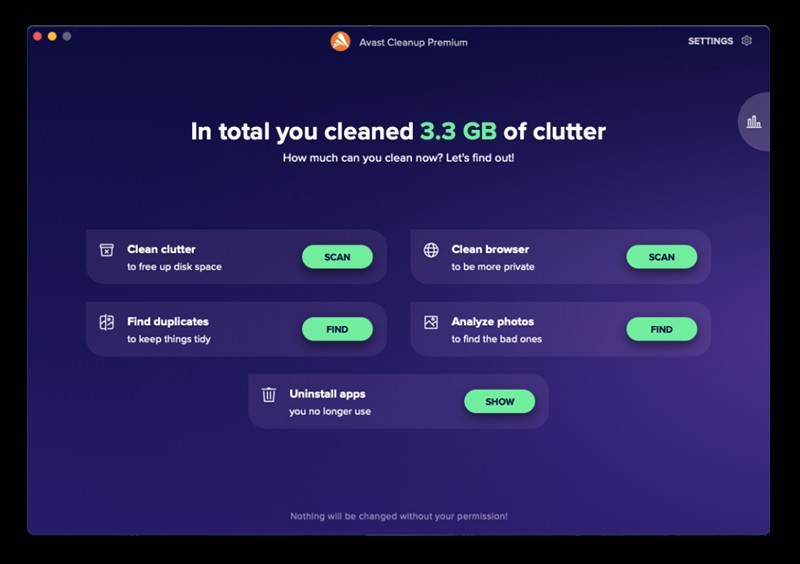
To ensure you have enough RAM for high-intensity tasks like multimedia editing or gaming, check out our tips for how to optimize your Windows system for gaming, which is essential if you’re building a PC gaming rig. When choosing RAM, consider your motherboard’s compatibility with DDR3, DDR4, or DDR5 types.
RAM is only one component. It won’t fix all performance issues as it doesn’t increase CPU processing speed. Research CPUs and SSDs to identify any bottlenecks.
10. How To Check Your Memory for Errors
If your computer is crashing or freezing randomly, you should check your memory for hardware failures. Windows 7, Windows 10, and Windows 11 have built-in memory diagnostic tools.
Here’s how to check your memory for errors in Windows:
-
Type Windows Memory Diagnostics into the Windows search box. When the Windows Memory Diagnostics option appears, open it.
-
In the dialog box, click Restart now and check for problems. Your PC will reboot in a diagnostic environment.
-
Wait while Windows checks your PC’s RAM for errors. If the diagnostic tool finds a problem, replace your RAM immediately.
If the tool doesn’t detect a problem, but you’re still experiencing issues like a really loud computer fan or 100% disk usage in Windows, check for malware or hard disk issues. Bloatware may also be the cause.
11. Free Up More RAM the Easy Way
Both laptops and desktop computers can quickly run out of memory. When this happens, the operating system (Windows or macOS) moves data from RAM to the hard disk in a process called paging. This significantly slows down performance. A specialized cleaning tool can solve this issue.
Avast Cleanup includes a dedicated Sleep Mode feature that instantly reclaims RAM by hibernating demanding processes you’re not using. Regular, automatic cleaning removes junk files and unnecessary items hogging memory and slowing you down.
12. FAQs
12.1 Do I Need 8 GB or 16 GB RAM?
Whether you need 8 GB or 16 GB of RAM depends on your needs. For basic tasks like web browsing and word processing, 8 GB is sufficient. However, for demanding tasks like video editing or gaming, 16 GB provides optimal performance.
12.2 How Much RAM Can My PC Take?
The maximum RAM your PC can take depends on the model and motherboard. Check your documentation or search online for your PC’s specifications.
12.3 Will 32 GB RAM Be Faster Than 16 GB?
In most cases, 32 GB of RAM won’t be noticeably faster than 16 GB for general tasks. However, memory-intensive applications like video editing or 3D rendering can see performance improvements with 32 GB of RAM.
12.4 Can Too Much RAM Slow Down Your Computer?
Too much RAM won’t slow down your computer, but it’s unnecessary if you don’t use applications that benefit from it. Too little RAM can cause your computer to run slowly or crash.
Before upgrading, try to resolve existing computer issues by cleaning up your PC and deleting temporary files in Windows. Temporary files can slow things down and harbor potentially unwanted programs.
12.5 Will Upgrading to 32 GB of RAM Make a Difference?
Upgrading to 32 GB of RAM can make a difference for memory-intensive tasks like video editing. However, for basic tasks like web browsing and word processing, you likely won’t see any performance improvement.
Navigating the complexities of RAM and system performance can be daunting. At HOW.EDU.VN, we understand the challenges users face when trying to optimize their computer’s capabilities. You might be struggling to find reliable information or a trusted expert who can guide you through the process. The frustration of dealing with slow performance, frequent crashes, and the overwhelming technical jargon can be overwhelming.
Challenges Our Clients Face
- Difficulty Finding Qualified Experts: It’s hard to find experts with the right experience to address complex technical issues.
- High Costs and Time Investment: Seeking high-quality advice can be expensive and time-consuming.
- Concerns About Data Security and Reliability: Ensuring the privacy and accuracy of the information you receive is crucial.
- Communication Barriers: Clearly articulating your problems to receive effective solutions can be challenging.
- Need for Practical Solutions: General advice isn’t enough; you need specific, actionable recommendations.
How HOW.EDU.VN Helps
HOW.EDU.VN connects you with leading PhDs and experts worldwide, providing personalized and in-depth consultations tailored to your unique needs.
- Direct Access to Experts: We provide a direct line to the most qualified experts in their fields.
- Personalized Advice: Our experts offer customized solutions for every problem.
- Time and Cost Savings: We streamline the process of finding expert advice, saving you valuable time and money.
- Confidentiality and Trust: We guarantee the security and confidentiality of your consultations.
- Actionable Recommendations: You’ll receive practical advice you can implement immediately.
Success Story: Maximizing System Performance
John, a video editor, struggled with constant system crashes and slow rendering times. Traditional online forums offered generic advice that didn’t solve his specific issues. Frustrated and losing valuable work hours, he turned to HOW.EDU.VN.
Through HOW.EDU.VN, John connected with Dr. Emily Carter, a leading expert in computer hardware and system optimization. Dr. Carter conducted a detailed analysis of John’s system and identified several critical bottlenecks, including insufficient RAM and an outdated SSD. She provided a step-by-step upgrade plan, recommending specific hardware upgrades and software optimizations.
Following Dr. Carter’s advice, John upgraded his RAM to 32GB and replaced his old hard drive with a high-speed SSD. The results were remarkable. His rendering times decreased by 70%, and the system crashes became a thing of the past. John regained his productivity and could focus on his creative work.
John shared, “HOW.EDU.VN and Dr. Carter saved my career. The personalized advice and actionable steps made all the difference. I highly recommend their services to anyone facing similar technical challenges.”
Ready to Transform Your Experience?
Don’t let technical issues hold you back. Join the countless individuals who have transformed their lives with the help of HOW.EDU.VN. Our team of over 100 world-renowned PhDs is ready to provide the expert guidance you need.
Act Now!
Contact us today to schedule your personalized consultation:
- Address: 456 Expertise Plaza, Consult City, CA 90210, United States
- WhatsApp: +1 (310) 555-1212
- Website: HOW.EDU.VN
Discover the power of expert advice and unlock your full potential with how.edu.vn.